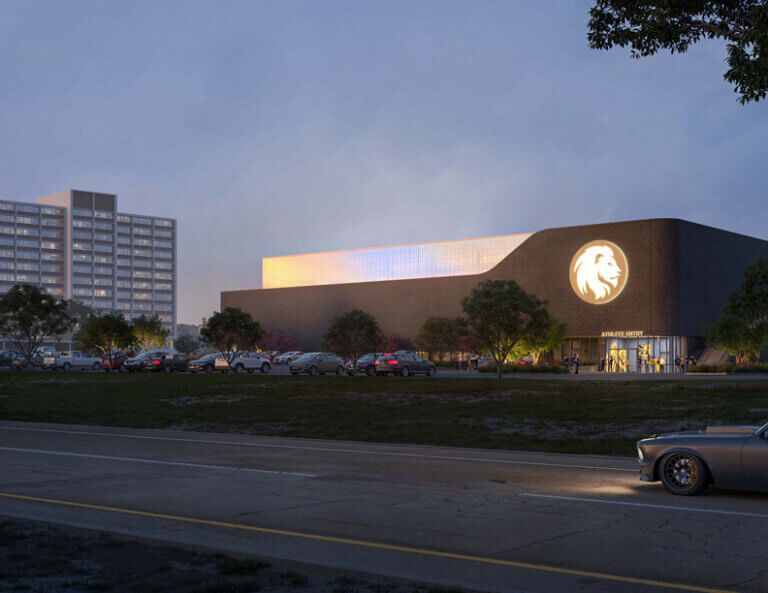
This article originally appeared in the Construction Dive.
By Ripley Bickerstaff
Hoar Construction uses a range of strategies to stay ahead of pricing challenges amid the Sun Belt construction boom.
Builders across the Sun Belt have their hands full with a new “Golden Age” of apartment construction in metros seeing an influx of residents seeking better weather, lower taxes, and cheaper housing.
From Nashville to Dallas and Miami to Myrtle Beach, the great migration fleeing major urban centers from the Northeast, California and the Rust Belt has accelerated over the last two years. People realized they could work from anywhere and packed their bags for a fresh start.
According to RentCafe, more than 1.6 million new apartments have come online in the U.S. over the last five years, with the Sun Belt driving most of that growth. In my office in the Music City alone, our company’s multifamily volume quadrupled between 2019 to 2021.
It is the best of times to be in the multifamily construction industry, but that comes with a caveat. If builders don’t have processes in place to navigate recent price hikes and supply chain challenges, then a project can sink as black turns to red on the balance sheet.
Developers understand they need to lock in pricing earlier than ever, but what do you do when prices on critical materials are fluctuating almost daily? Even if you check all the boxes on materials, how can you overcome the thin supply of skilled labor needed to get a job done on time and within budget?
Here are the strategies we deploy to stay ahead of the curve:
Verify materials. Certain materials are critical for a project to deliver on time, and builders often only have one shot to get it right. If the 800 doorknobs you need don’t work when they arrive due to a faulty spring and the next batch won’t be available for six months, you have a major derailment and an unhappy developer. This illustrates why there’s no substitute for in-person verification, which should be done long before those supplies are shipped to the jobsite.
This new reality requires boots on the ground across our entire supply chain network. For our Aspire Gulch project in Nashville, we sent teams to warehouses near and far for in-person verification of more than 500 materials, including light fixtures, flooring materials, and drapes in Atlanta, countertops, and balcony railings in Florida, and balcony doors in Tennessee.
Many project owners don’t know there’s now a 12-month lead time for mailboxes. You have to walk in and actually make sure supplies work for the job and then have face-to-face conversations with production teams to ensure adjustments can be made in real-time. Gone are the days when you wait for components to show up on-site and hope they work.
Buy early. We’re constantly monitoring price fluctuations and are buying six to 12 months earlier for important elements like water heaters, stairs, and fire protection. This means general contractors have to collaborate with the design team before drawings and at the conceptual level to help them understand what’s expensive and where a better deal may be found.
After rapid escalation in steel prices, we started looking at concrete stair models. Then steel went back down, and we flipped again. The chart looks different depending on the day and week, but you have to constantly monitor and pull the trigger early enough to keep a major multifamily project on budget.
Lock in labor. Pre-purchasing also applies to securing skilled labor so GCs can ensure subcontractors put their best people on the job. In some markets, you now have to lock in your plumbing subs more than a year in advance so they can commit the manpower and order the necessary backlogged supplies.
Many builders are now shooting to lock in 70% of costs prior to construction documents, which should minimize the chances of double-digit material price hikes after a developer closes their loan.
Think about storage. In our busiest markets, it’s now routine for us to rent warehouse space for storage for a variety of materials that can be purchased in advance and quickly deployed to a jobsite.
Membrane roofing, flex ducts, and toilet accessories are just a few examples of items currently in short supply that our teams have stocked up on over the last year. A cheaper alternative is to build out storage space within a below-grade parking garage, which we recently did at our Parke West project in Nashville.

